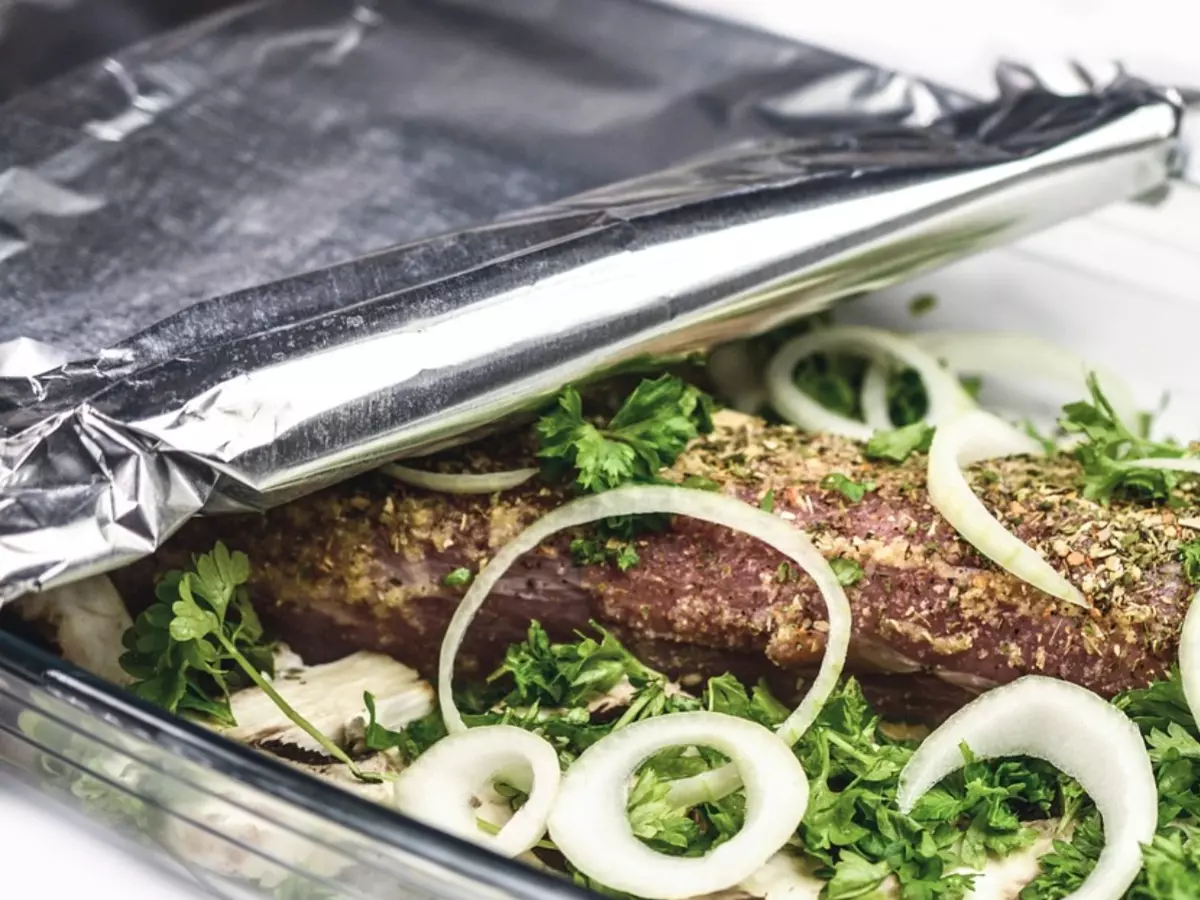Unlocking The Mystery: Clarifying The Purpose Of Tin Foil's Shiny And Dull Sides
Well, it turns out that there isn't much of a difference between the two sides, and they both serve the same purpose, so choose whatever you want.

Have you ever wondered why tin foil has a shiny and a dull side? No? I wasn't either, but now I am, and if you are, don't worry because I have the solution.
Consider the last time you wrapped leftovers¡ªor totally covered your flatmate's bedroom¡ªin tin foil. You might recall that one side is more shiny than the other. But why is this so?
Why is tin foil's one side shiny and the other is not?
 Pixabay
Pixabay
Well, it turns out that there isn't much of a difference between the two sides, and they both serve the same purpose, so choose whatever you want.
However, if there is no difference, you may be asking why they appear to be different; it all comes down to how the foil is created, according to Mike Mazza, marketing director for the US-based company Reynolds Wrap.
"Regardless of side, both sides do the same job of cooking, freezing, and storing food," he told Today. It doesn't matter which side of the foil you use. "The foil manufacturing process is responsible for the difference in appearance between dull and shiny."
Why are both sides different from tin foil?
"In the final rolling step, two layers of foil are simultaneously passed through the rolling mill." The side that comes into contact with the mill's highly polished steel rollers shines.
The opposing side, which did not come into contact with the heavy rollers, has a dull or matte surface." "The 'dull' side is where the foil comes into contact with another layer," he explained.
"The 'shiny' side is the side that has not come into contact with another sheet of metal." Regardless of whatever side you use, the foil performs the same."
How to use the proper side?
That is, the only 'proper' side to utilise is the one you prefer. Personally, I prefer the dull side, so I don't catch myself scranning leftovers straight from the fridge, but to each their own.
While all of the above is true for ordinary foil, including what you undoubtedly have in your kitchen drawer, there is a tiny difference when it comes to 'non-stick' foil. If you're using nonstick foil, make sure to use the nonstick side, for reasons I hope are clear.
So there you have it; however, I'm curious why we call it 'tin' foil in the UK, despite the fact that it's composed of aluminum. I'm going back down the rabbit hole.
What do you think about this? Tell us in the comments.
For more trending stories, follow us on Telegram.








